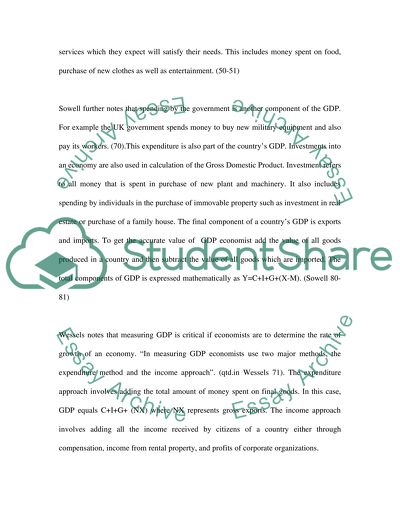Cite this document
(“Business Economics Essay Example | Topics and Well Written Essays - 4000 words”, n.d.)
Business Economics Essay Example | Topics and Well Written Essays - 4000 words. Retrieved from https://studentshare.org/miscellaneous/1513860-business-economics
Business Economics Essay Example | Topics and Well Written Essays - 4000 words. Retrieved from https://studentshare.org/miscellaneous/1513860-business-economics
(Business Economics Essay Example | Topics and Well Written Essays - 4000 Words)
Business Economics Essay Example | Topics and Well Written Essays - 4000 Words. https://studentshare.org/miscellaneous/1513860-business-economics.
Business Economics Essay Example | Topics and Well Written Essays - 4000 Words. https://studentshare.org/miscellaneous/1513860-business-economics.
“Business Economics Essay Example | Topics and Well Written Essays - 4000 Words”, n.d. https://studentshare.org/miscellaneous/1513860-business-economics.


